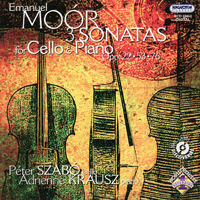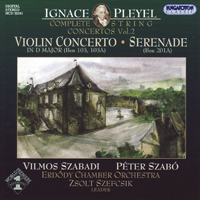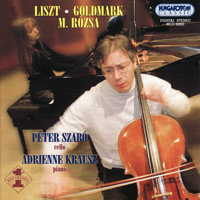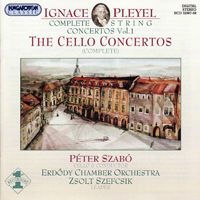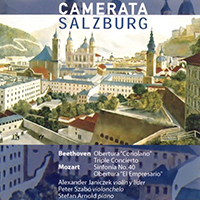CD Review
The Dohnányi Sonata is a little like some of the turn-of-the-century English ones: so hectic and dramatic at times that it requires poise as well as virtuosity or it tends to tire the ear. Reger also comes to mind, particularly in the Scherzo.
Szabó and Várjon are very effective in it: the Hungarian style of cello playing tends not to overdo the vibrato that would otherwise lend an ersatz excitement to what is already exciting enough. Laszlo Lajtha (1890-1963) is of the dryer, leached-out style that developed between the wars. His 1932 Sonata is neo-baroque in tone, almost a Hungarian Bachianas Brasileiras that begins with an Aria combining ethnic turns of phrase with a Bachian basso continuo accompaniment. The other two movements of this 17-minute work are fast and brilliant, though the emotional mood tends to be dark. The 1940 Concerto is much darker, overtly about the war. A Dramatic Threnody is followed by a Ballade of Torches. The mood has something in common with the dramatic Second Sonata of Martinu, but with the bleakness of Shostakovich, unfortunately without his leavening sense of humor, giving rather a dry effect. All of this is well-played and not particularly forbidding, despite my comments.
David Moore
American Record Guide
July/August 1994











